Archives
- 2025-11
- 2025-10
- 2025-09
- 2025-03
- 2025-02
- 2025-01
- 2024-12
- 2024-11
- 2024-10
- 2024-09
- 2024-08
- 2024-07
- 2024-06
- 2024-05
- 2024-04
- 2024-03
- 2024-02
- 2024-01
- 2023-12
- 2023-11
- 2023-10
- 2023-09
- 2023-08
- 2023-06
- 2023-05
- 2023-04
- 2023-03
- 2023-02
- 2023-01
- 2022-12
- 2022-11
- 2022-10
- 2022-09
- 2022-08
- 2022-07
- 2022-06
- 2022-05
- 2022-04
- 2022-03
- 2022-02
- 2022-01
- 2021-12
- 2021-11
- 2021-10
- 2021-09
- 2021-08
- 2021-07
- 2021-06
- 2021-05
- 2021-04
- 2021-03
- 2021-02
- 2021-01
- 2020-12
- 2020-11
- 2020-10
- 2020-09
- 2020-08
- 2020-07
- 2020-06
- 2020-05
- 2020-04
- 2020-03
- 2020-02
- 2020-01
- 2019-12
- 2019-11
- 2019-10
- 2019-09
- 2019-08
- 2019-07
- 2019-06
- 2019-05
- 2019-04
- 2019-01
-
br HMG proteins mobile modulators of chromatin structure
2025-02-21
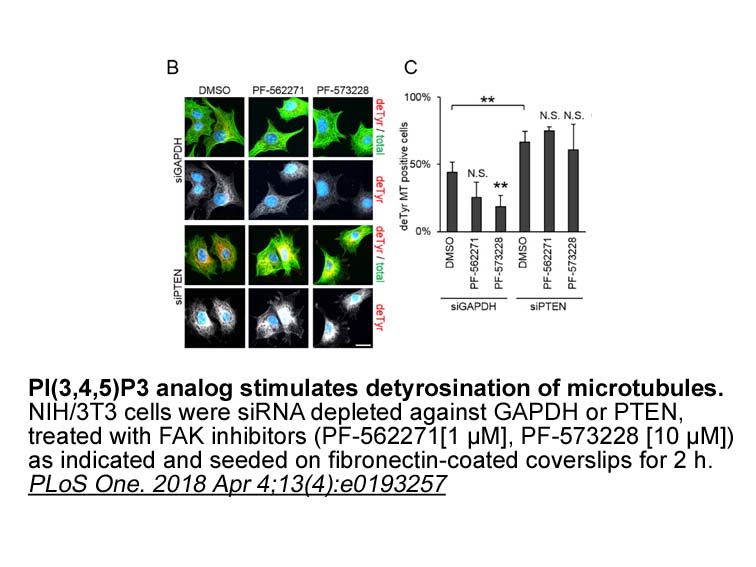
HMG proteins: mobile modulators of chromatin structure and cellular phenotype The term “High Mobility Group” was originally coined for the HMG proteins because of their unusual solubility properties, their small size and their rapid mobility, relative to other chromatin proteins, during gel elect
-
br Introduction Nonalcoholic fatty liver disease NAFLD
2025-02-20
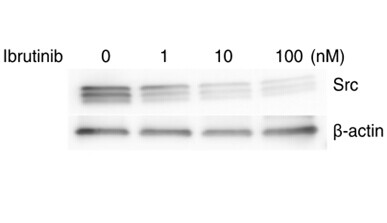
Introduction Nonalcoholic fatty liver disease (NAFLD) is a clinicopathologic spectrum of liver pathologies associated with excessive accumulation of fat in the liver. This spectrum is continuous but can be graded based on pathological features; in increasing severity, these are: bland steatosis,
-
The ORR obtained with crizotinib on our cohort
2025-02-20
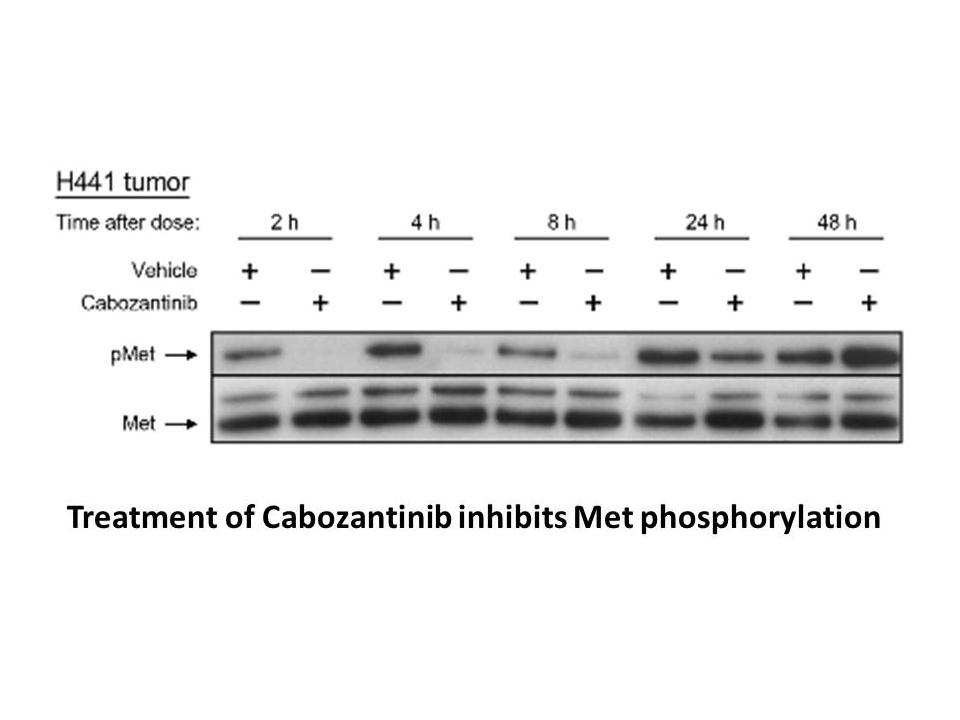
The ORR obtained with crizotinib on our cohort was low compared to other studies, such as the prospective studies of A. Shaw et al. (ORR = 65% in second line), B. Solomon et al. (ORR = 74% in first line) and the more comparable large retrospective study of M. Duruisseaux et al. on the French CLINALK
-
Similar to V the temporal neocortex of mammals including
2025-02-20
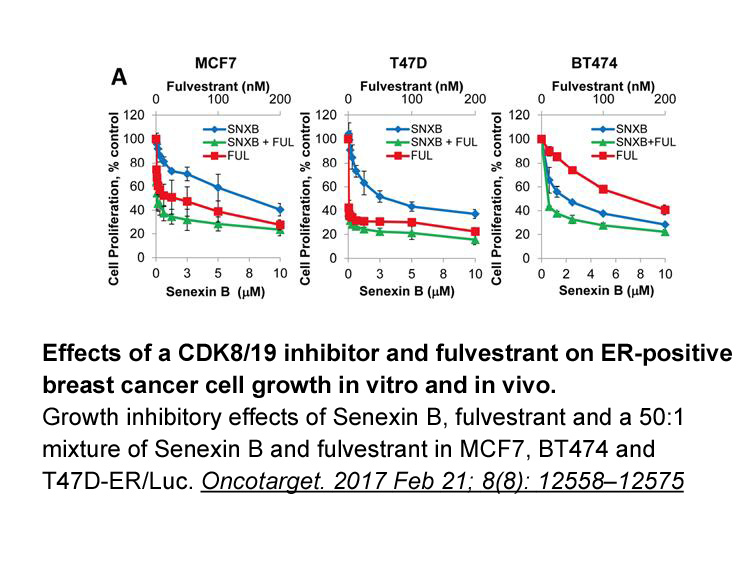
Similar to V1, the temporal neocortex of mammals, including the primary auditory cortex (A1), is densely innervated by 5-HT fibers originating mainly in the dorsal raphe nucleus (Campbell et al., 1987, Harding and Paxinos, 2004, Törk, 1990), and the major Guanethidine Sulfate mg of 5-HTRs are expre
-
We have previously shown that the human
2025-02-20
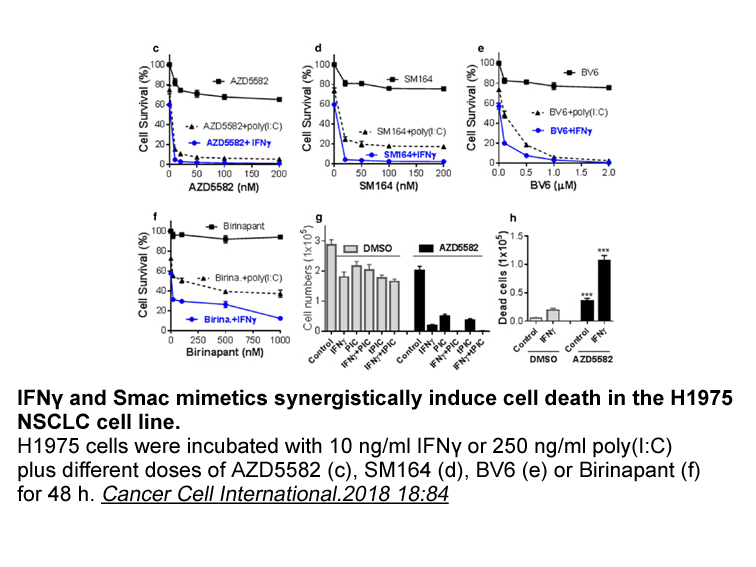
We have previously shown that the human gonadotropins hLH and hCG trigger a partly irreversible stimulation of intracellular cyclic AMP accumulation in mouse Leydig Tumor GW3965 HCl cholesterol efflux (MLTC) in contrast to all other tested mammalian LHs and CG (Klett et al., 2016). In order to get
-
Furthermore new strategies to achieve a total
2025-02-20
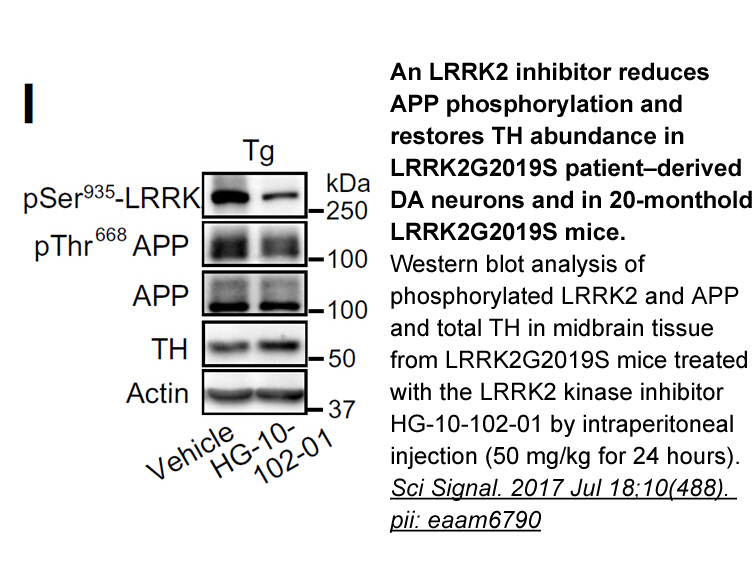
Furthermore, new strategies to achieve a total androgen deprivation namely by blocking either androgen biosynthesis as well as AR are being considered and should be a relevant topic in the near future. A successful example of this approach is galeterone (159), which not only inhibits the CYP17 enzym
-
At present drugs that specifically inhibit YAP activity are
2025-02-20
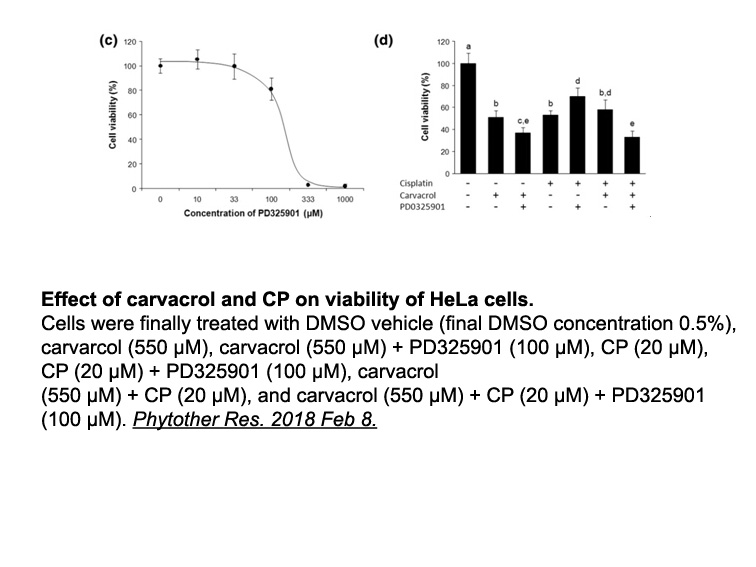
At present, drugs that specifically inhibit YAP activity are not available. In fact, verteporfin, which was originally described as a specific inhibitor of YAP-TEAD interaction, has been recently shown to exert its activity through selective induction of proteotoxicity rather than through YAP inhibi
-
Adenosine 5-monophosphate receptor In plants altered express
2025-02-20
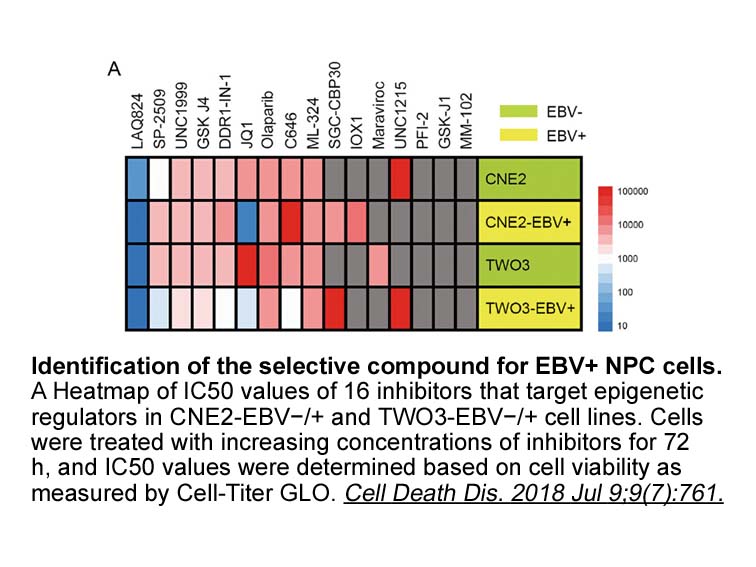
In plants, altered expression of Aurora kinases results in impaired meiotic divisions followed by the formation of aneuploid or polyploid progenies [21]. This observation is interesting from an evolutionary point of view because it can be assumed that, during evolution, the influence of biotic and
-
WAY-600 sale Introduction Plant pathogenic fungi are major p
2025-02-19
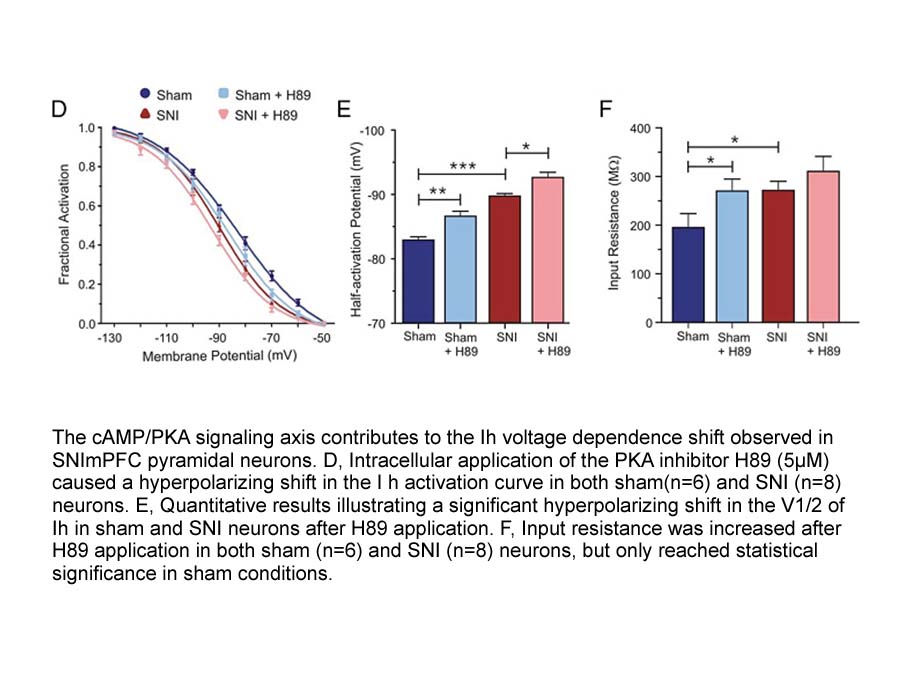
Introduction Plant pathogenic fungi are major pathogens in agricultural diseases and the cause of large crop losses worldwide. There are many kinds of plant pathogenic fungi, with various modes of action. For example, Botrytis cinerea (B. cinerea) is the disease pathogen in the economically importa
-
In summary the CV and
2025-02-19
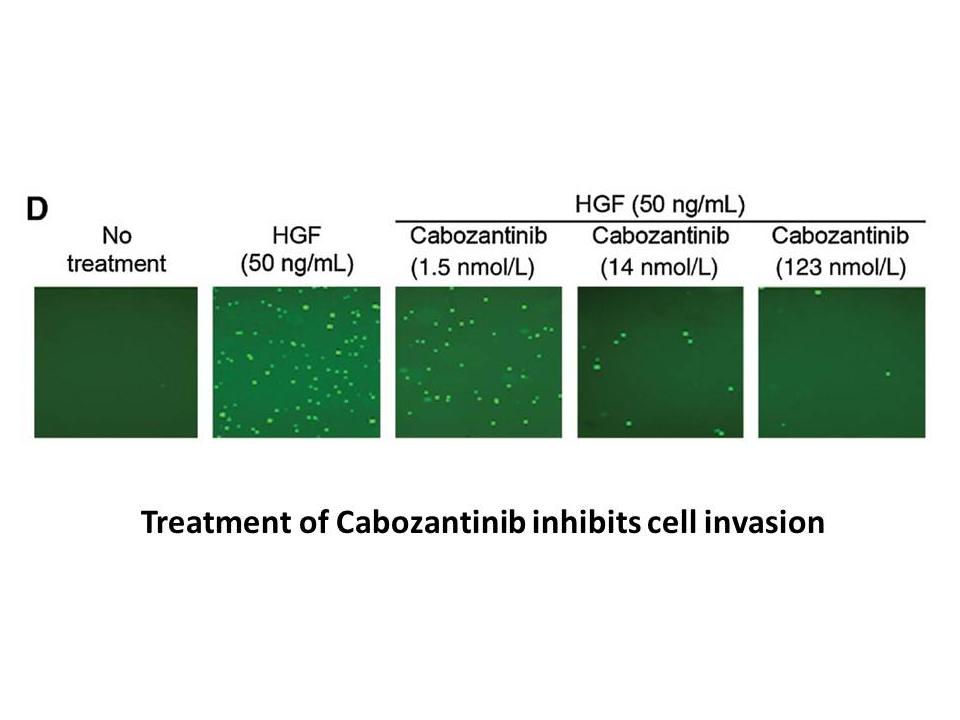
In summary, the CV and renal benefits of sacubitril/valsartan in HF patients are attributed to the increased levels of peptides that are degraded by neprilysin and the simultaneous inhibition of the effects of AT1 receptor by valsartan (Fig. 1). Physical and chemical properties Sacubitril/Valsar
-
It was reported that oral
2025-02-19
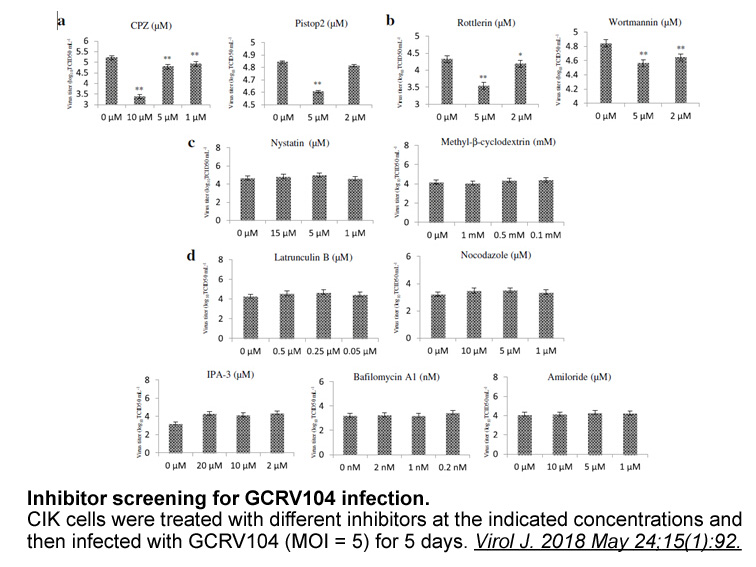
It was reported that oral administration of CSZ to C57BL/6J mice significantly improved spatial learning and memory, and prevented Aβ-induced immunoresponse in Aβ25-35-injected mice. However, post-treatment with CSZ after Aβ25-35 administration, when Aβ was already accumulated, did not prevent Aβ-in
-
NSC228155 Whether similar mechanisms play a role in adiponec
2025-02-19
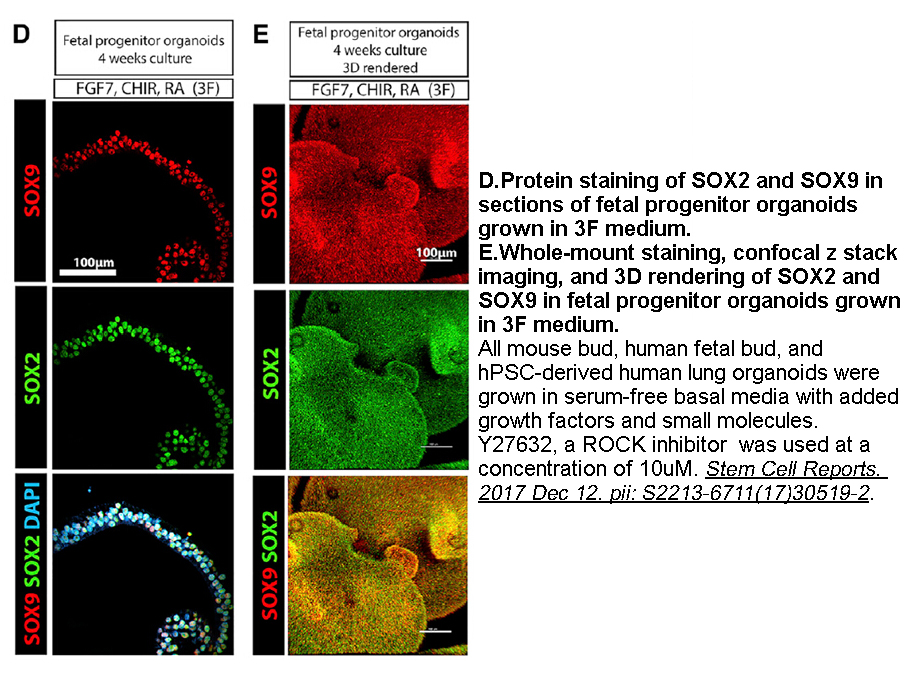
Whether similar mechanisms play a role in adiponectin signal transduction and whether additional proteins are recruited to adiponectin receptors via APPL1 has not been analysed so far. Although it has been clearly established that APPL1 is a downstream adaptor protein in adiponectin signal transduct
-
Tigecycline synthesis br The role of AMPK beyond energy
2025-02-19

The role of AMPK beyond Tigecycline synthesis homeostasis: regulating metabolism AMPK plays a major role in glucose homeostasis by modulating glucose transport in peripheral tissues [20]. Skeletal muscle, one of the main peripheral tissues involved in glucose uptake and disposal, expresses gluco
-
The presence of different LO
2025-02-18

The presence of different 5-LO splice variants was first demonstrated in human Cy5 streptavidin protein labeling tumour cells and in dimethyl sulfoxide-differentiated HL-60 cells [40] and a correlation between the 5-LO splicing pattern and the malignancy of the brain tumours was found. Later, other
-
If the lack of specificity and the high
2025-02-18
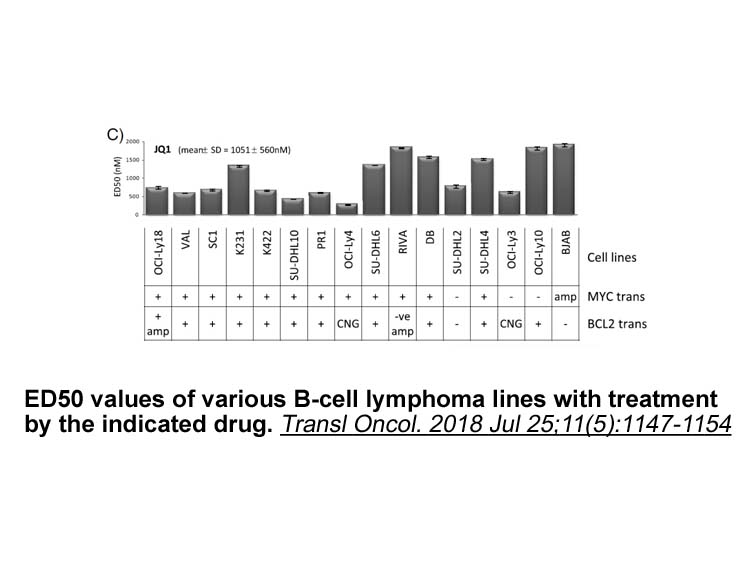
If the lack of specificity and the high pleiotropy may represent a problem in view of the potential chemotherapeutic features of autophagy-inducing agents, it catalase inhibitor may switch into an advantage in the case of chemopreventive strategies. In fact, as non-pharmacologic interventions such
15234 records 11/1016 page Previous Next First page 上5页 1112131415 下5页 Last page